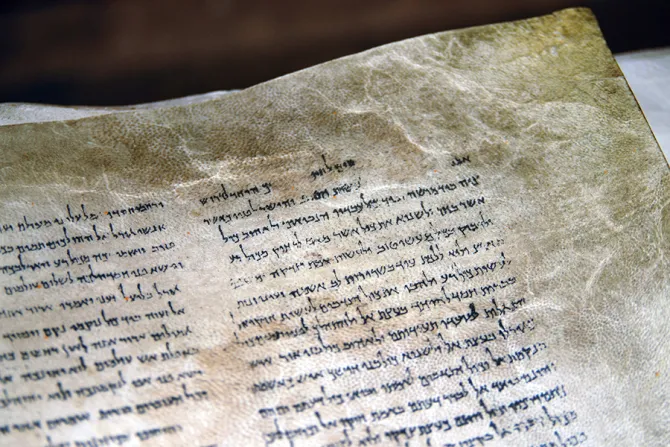Louisville, Ky., Sep 27, 2016 / 19:44 pm
For the first time in centuries, an ancient Biblical scroll could be read, thanks to a computer scanning technology that can reconstruct a clear text from damaged, unreadable material.
"This work opens a new window through which we can look back through time by reading materials that were thought lost through damage and decay," Brent Seales, a University of Kentucky professor of computer science, said Sept. 22.
"There are so many other unique and exciting materials that may yet give up their secrets - we are only beginning to discover what they may hold," Seales added, according to the University of Kentucky.
Seales and his team developed a high-resolution computer scan that will "virtually unwrap" a severely damaged ancient scroll of animal skin with an ink-based text. The scan can create clear, legible text from a wrapped scroll despite the damage.


